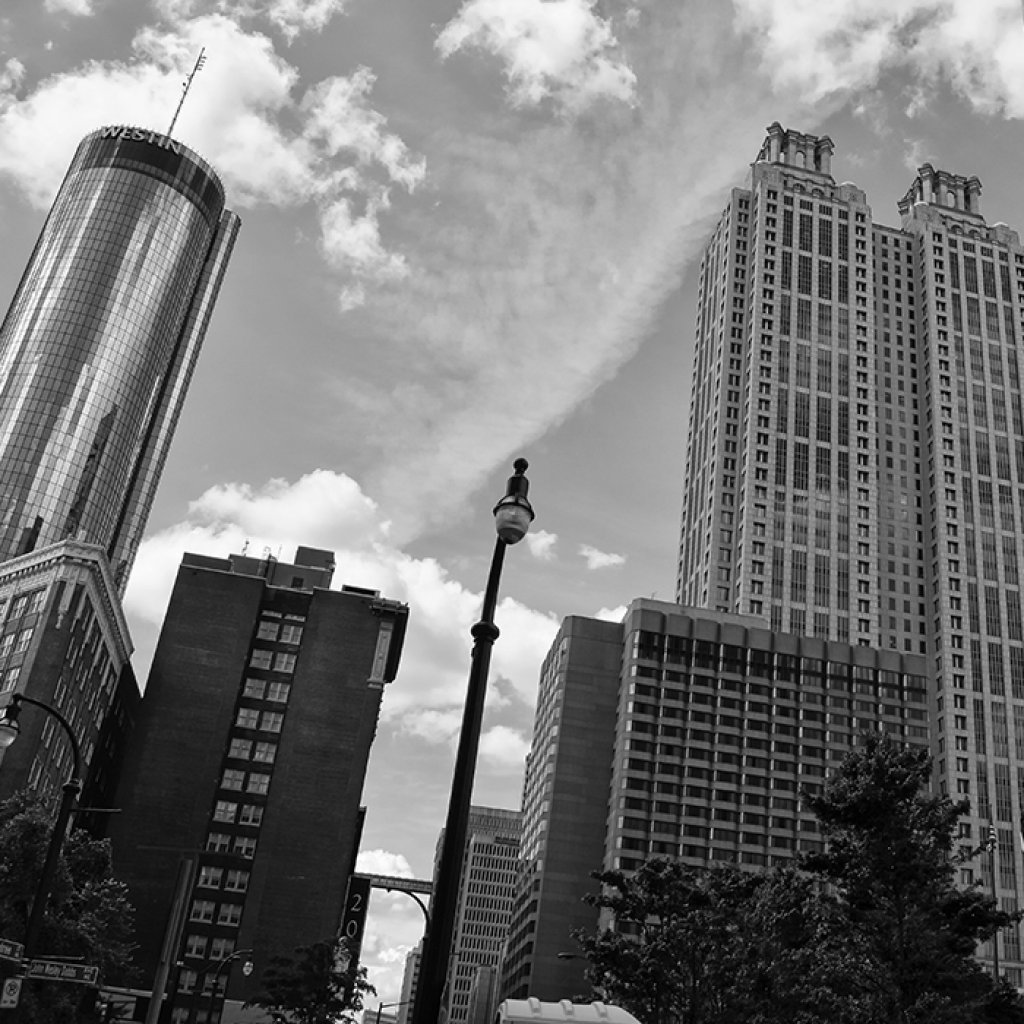Three Things To Know About Atlanta’s Commercial Real Estate Market

The state of commercial real estate remains extremely bright for the Atlanta marketplace – an optimistic outlook that doesn’t seem to be changing anytime soon.
Consider:
- S. News & World Report ranked Atlanta as one of the top 50 American cities to live. “Among the nation’s fastest-growing metro areas, the Georgia capital is attracting newcomers from around the country, and people are looking to this part of the country for culture and commerce like never before.”
- Atlanta listed among Top 10 cities for an active lifestyle. The WalletHub ranking reveals that Atlanta is tied for first in the nation in most fitness centers per capita, and ranks at the head of the pack nationally for swimming pools and tennis courts.
- Atlanta named one of the top five best cities for millennials. com notes that Atlanta offers fun activities, great nightlife, a lower cost of living compared to other big cities, and strong employment opportunities. Millennials comprise 26.2% of Atlanta’s population.
There are other kudos and superlatives, of course, declaring Atlanta a most desirable destination for individuals, families and businesses. Such ongoing (exponential) growth is evident in the city’s real estate market.
To wit:
- Commercial vacancies are down. The number of vacant offices in Atlanta declined steadily in 2016, leading to the lowest commercial vacancy rate (13.7%) since 2007. Class-A office vacancy is the lowest since 2001; the biggest drop in Class-A office space came from the Midtown (3.2%) and Cumberland/Galleria (2.5%) areas. More than a million square feet of new office space was added in 2016—much of it coming from the first phase of State Farm’s new offices in Central Perimeter. Additionally, Atlanta delivered 22.5 million square feet of new industrial construction in 2016, the most since 2006, and the most industrial space added in the nation in 2016.
- Midtown is booming. NCR, Honeywell, Equifax and WeWork grabbed big pieces of office space in Midtown in 2016. Atlanta’s “heart of the arts” has theaters, museums, great shopping, 30 acres of beautiful green space at the Botanical Gardens, and great restaurants. The commercial real estate growth and demand in Midtown is expected to continue for at least the foreseeable future. Much of the demand is coming from the technology sector and millennial startups; quickly approaching Buckhead as having the highest rental rates in the city.
Other noteworthy areas:
- Central Perimeter is struggling a little bit after being a huge source of commercial real estate occupancy for years. The area lost around 300,000 square feet of tenant occupancy in 2016, with companies like WorldPay and AECOM relocating to other areas of the city.
- Cumberland/Galleria saw a big jump in occupied office space in 2016. This area also had the highest number of commercial office construction projects break ground last year.
- North Fulton office occupancy was down due to office consolidations from Verizon and AT&T.
- Rental rates are increasing. With continuing demand and only moderate new construction, rental rates in Atlanta have been steadily on the rise. Rent for office space increased for the fifth straight year in 2016. The average rent increased by 7% last year – Class-A Downtown rents increased the most, rising by 17%. Class-B rental rates in Central Perimeter increased 12.4% over the previous year. With new, higher-priced office spaces hitting the market in 2017, average office rentals will continue going up. On the industrial side, rental rates also steadily climb. Overall rates increased 4.5%, while warehouse rents rose 5.6% in 2016. Expect industrial rental rates to keep climbing over the next few years.
With employment expected to grow at least for the next two years, the commercial market should remain healthy moving into the future—offering plenty of potential opportunities for businesses and investors.

